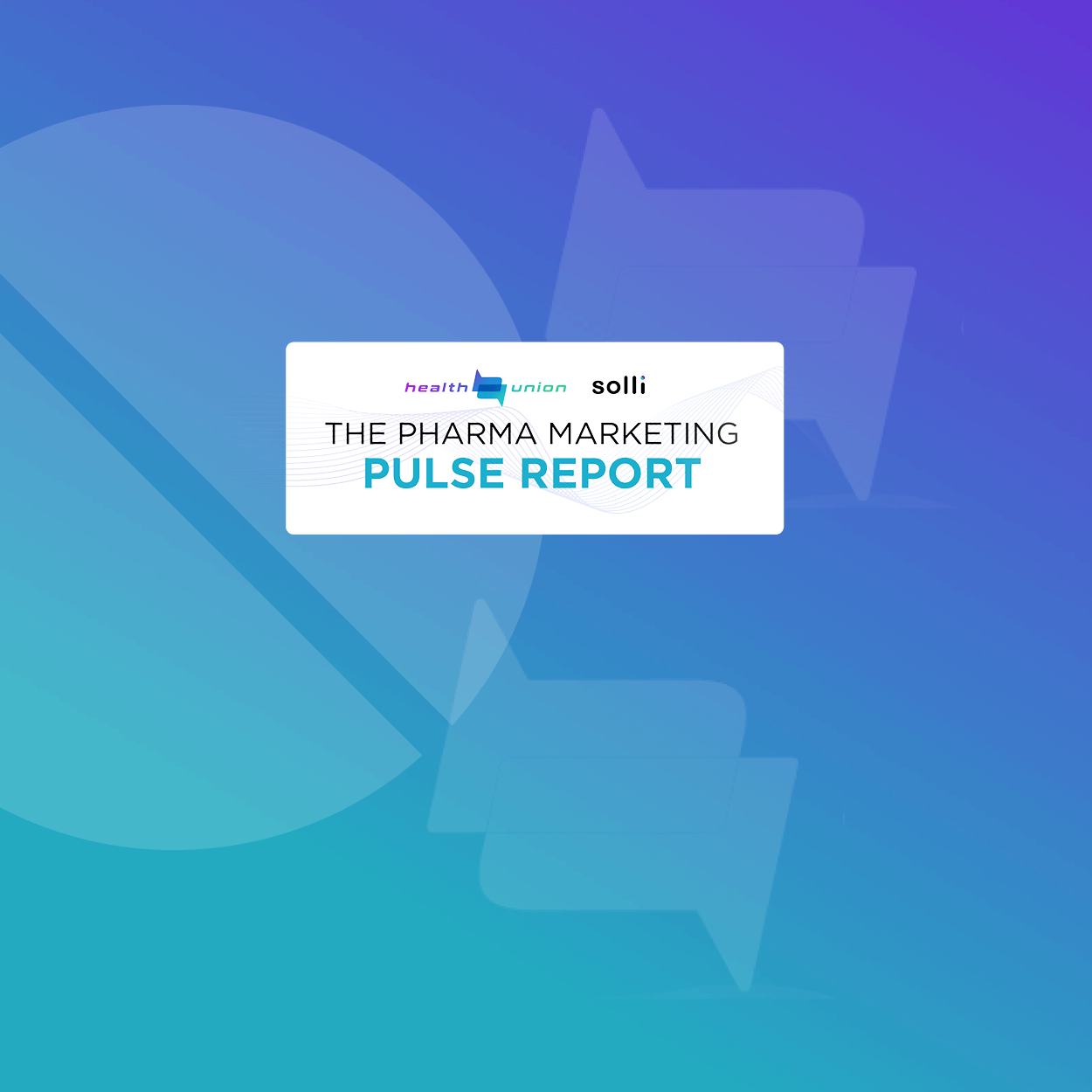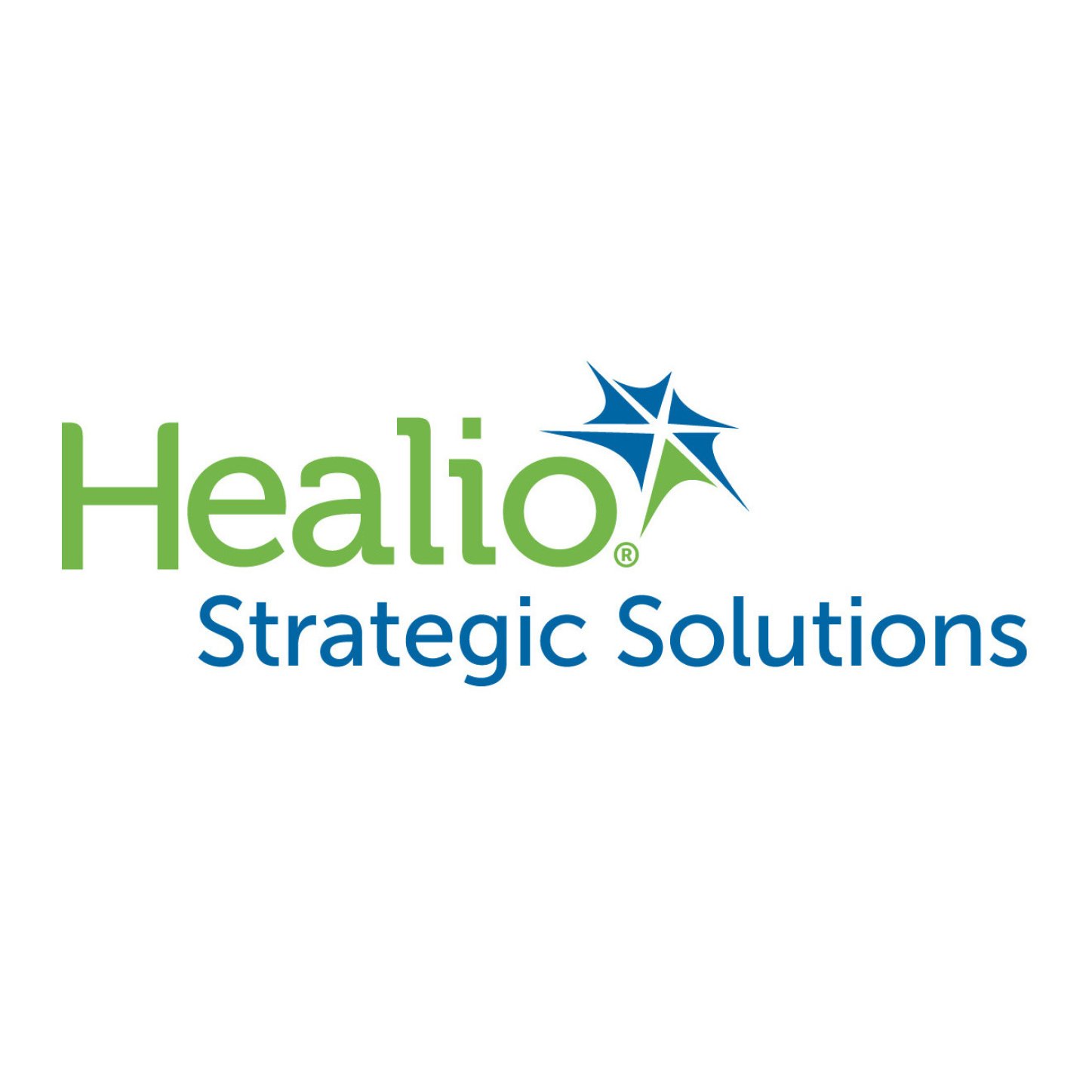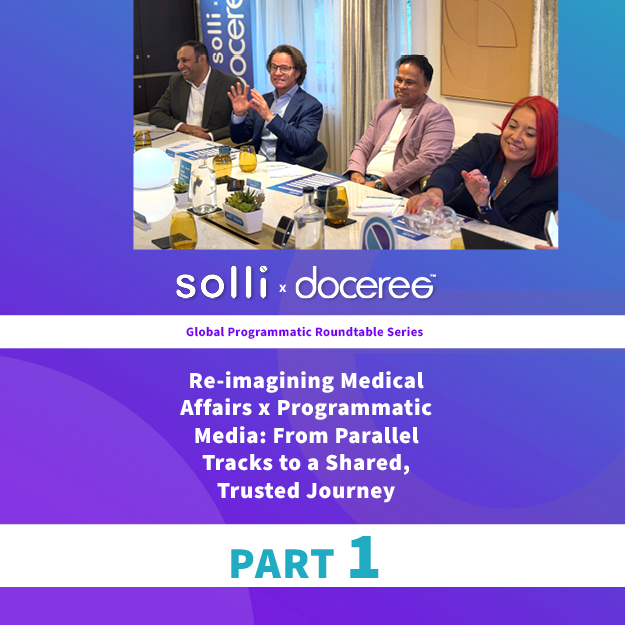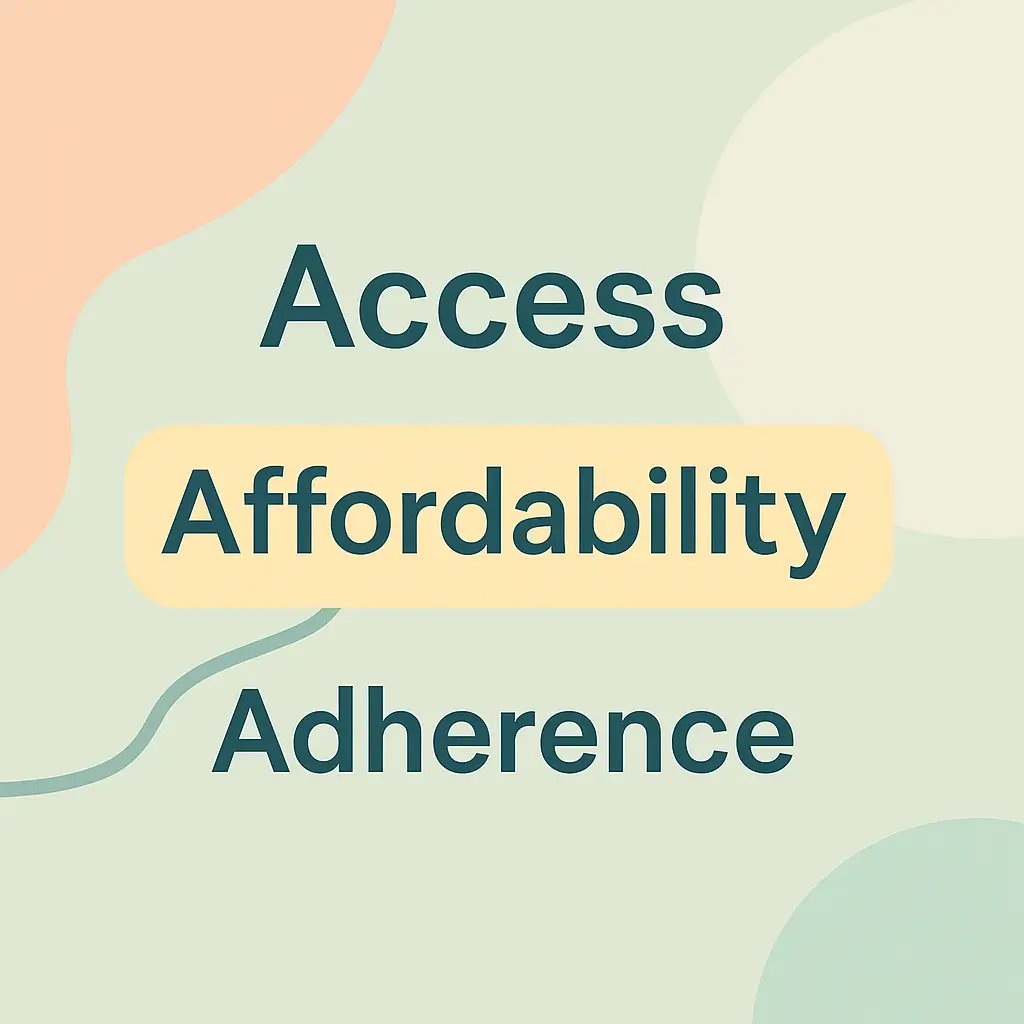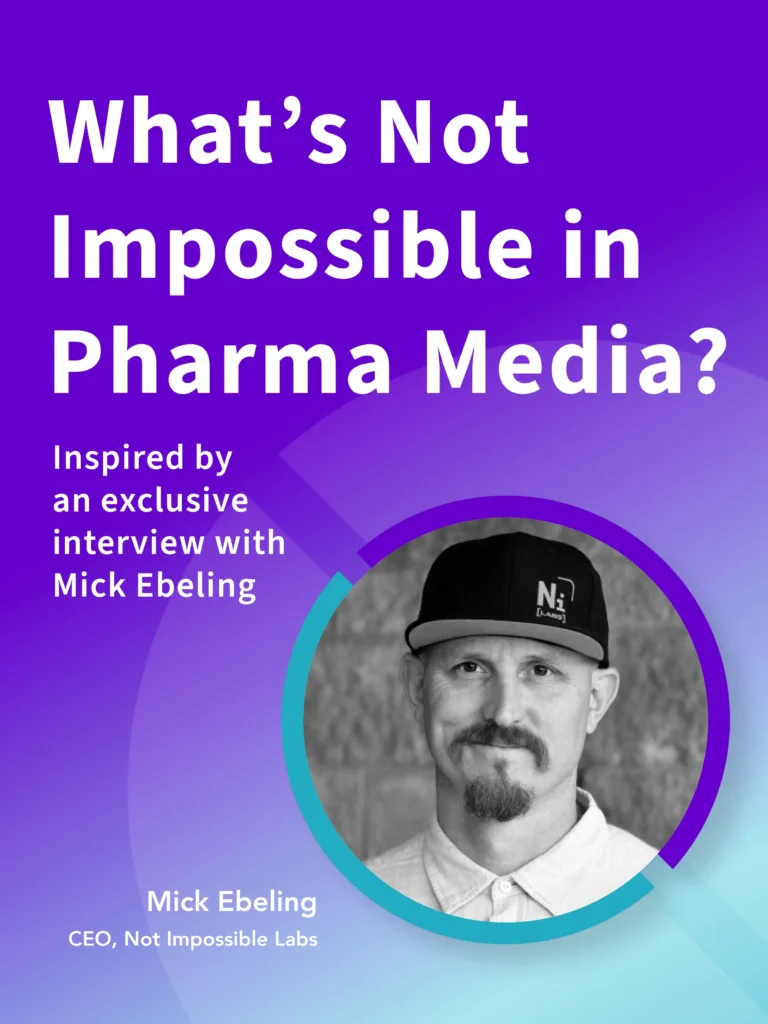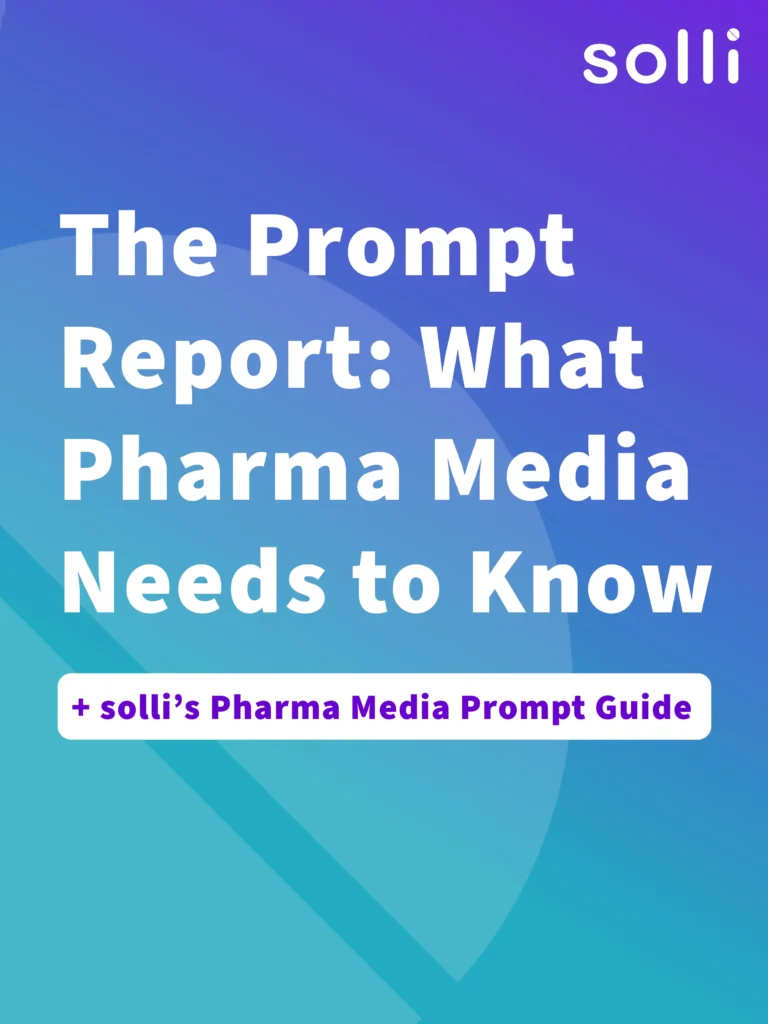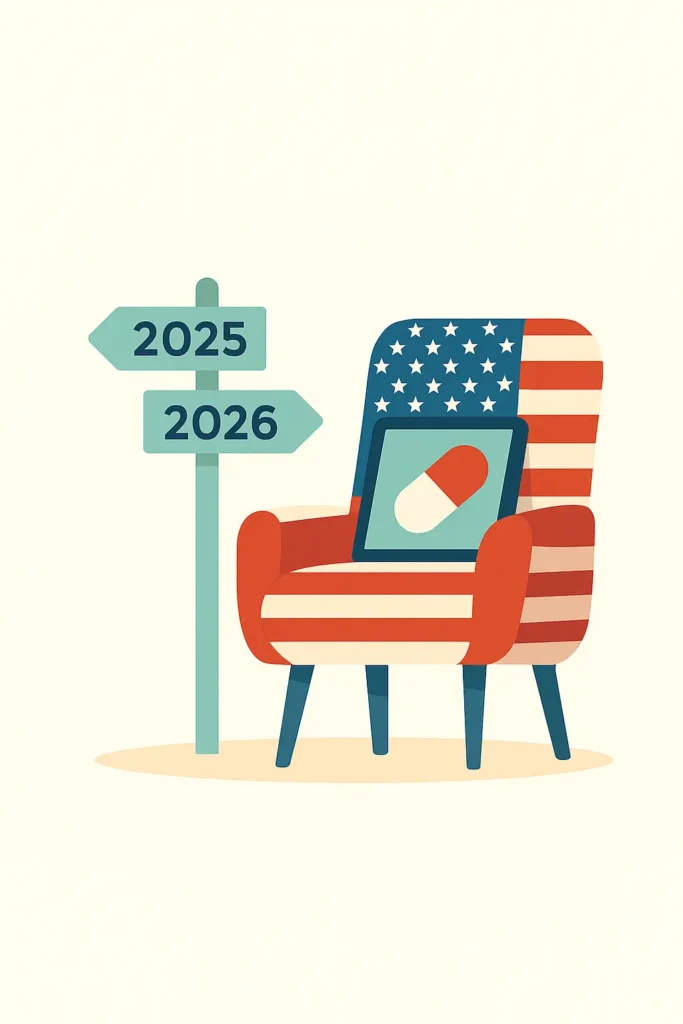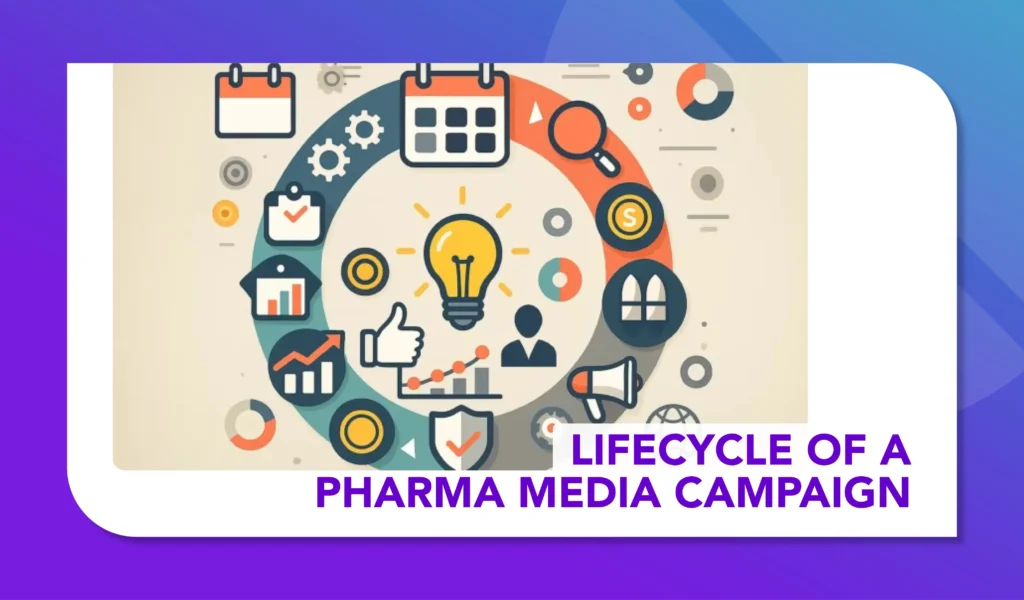Beyond The Pill: Rethinking Pharma Branding For The Future of Healthcare
A call to elevate brand over product in pharma marketing

In the not-so-distant future, we’ll look back at the way we advertised prescription medicines and laugh.
Not because of the happy beach scenes.
Or yet another metaphor for stronger, faster, longer.
Not because of the number of qualifiers on the headline.
Or the fact 80% of the ad is adverse events.
The funny part will be that we focused so heavily on product advertising at all.
Marketing has been here before
“Had an understanding of the nature of brands been more widespread, the theory of the Unique Selling Proposition could never have achieved its pernicious popularity. By encouraging companies to identify – or more often to confect – some functional product distinction, and to trumpet that distinction verbally and repetitively, USP practitioners inflicted on a luckless public some of the most insensitive advertising ever perpetrated.”
These are the words of ‘ad land’s greatest philosopher’, the late Jeremy Bullmore, describing consumer marketing in the mid-20th century. But he could’ve equally been talking about the situation with pharmaceutical marketing today.
The emergence of brand management in the 60s was due to a combo of mass manufacturing – making good quality products far more accessible – and mass media – making it far easier to tell people about them.
Similar converging forces are bearing down on the life science industry.
1. Success relies on more than a good product
“With fewer blockbuster products hitting the market, a focus on treating more narrow patient populations, and more competition than ever before, pharma companies’ ability to drive success through their products alone is shrinking.”
ZS Consulting: Customer Centricity is Coming
Historically, pharma has focused on selling to Doctors. But with less access and less meaningful clinical differentiation, we must move the selling model up the value chain.
Industry leaders are realising that success relies on truly embracing customer-centricity and delivering more value ‘around-the-product’. Whether it’s medical education, system transformation or patient support, pharma is exploring ways to better serve customers and create differentiation beyond clinical data.
2. A revolution in customer engagement
The challenge for pharma is less about the emergence of new channels and more the restriction of old ones.
The pandemic exposed the industry’s over-reliance on face-to-face customer engagement. The subsequent investment in data and technology has opened up new ways to reach customers. What hasn’t changed is the content we use to engage them.
The focus remains on product communications: bombarding customers with product features and benefits – now through multiple channels. Between 2019 and 2021, pharma to HCP email volumes increased by 72%.
When in the hands of a skilled sales rep that can build relationships and flex to customers needs, product communication works. But as emails and ads, it does little to capture attention or add value.
The solution to these two connected challenges lies in the way we build brands. Not just how, but the brands we choose to build.
The long and short of it
Going back to consumer brand building for a moment of theory…60 years of data and evidence has meant there is a pretty solid playbook for effective marketing. As Binet and Field have written, the key to growth relies on a combination of two types of marketing:
- Brand building: harnessing emotion with a broad audience of current and potential customers to increase the likelihood a brand is thought of in buying situations.
- Sales activation: persuasive messaging targeted as best as possible to people ‘ready to buy’ in channels designed to optimise sales.
In pharma we do the latter well. What needs to change is how brand marketing can create future demand, capture leads and (excuse the marketing jargon) move customers down the funnel to open the virtual doors for product focused conversations with a company rep – which is still one of the biggest correlators of sales success.
Increasing relevance of company brands
Until now, company brands have largely sat in the background. Acting like holding companies for the product brands to take centre stage. But as the needs and expectations of audiences evolve, so must our approach.
An extreme but relevant example of the importance of company brands, is how public perception impacted the uptake of the COVID-19 vaccines.
Had Astra-Zeneca more actively managed its brand identity, the irrational negative perceptions around the vaccine could have been avoided. Perhaps prompted by the same experience, Pfizer has realised the commercial impact of corporate brand building and is investing heavily in the biggest ad placement of them all…the super bowl.
Brand building doesn’t have to mean big budget TV ads. At the therapy area level, company brands provide the opportunity to unite cross-functional value propositions behind audience needs. So whether a company is providing medical education, pathway solutions, patient support or product information, all communications and experiences reinforce a consistent brand strategy.
Not only will this open the potential to build brands with greater utility and relevance but it’s a much richer tapestry for emotional storytelling, less encumbered by the heavy compliance of prescription medicine communication. All of which will serve to build more memorable brands and increase the likelihood a product will be thought of in prescribing situations.
Maximising the success of this approach relies on a shift in the way brands are managed. Either creating closer connections between company and product brands through naming or design conventions. Or even not branding products at all, in favour of therapy area brands designed to meet the needs of the patients they ultimately serve.
Infinite media possibilities
With this broader definition of ‘brands’ also comes a much broader range of media channels at our marketing disposal.
No longer will we have to rely so heavily on medical media – and pay a high price for the privilege. Instead we can explore more cost-effective and targeted ways to influence doctors out in the real-world.
Beyond value for money, broader reach consumer channels are more conducive to harnessing emotion. It’s difficult to evoke a reaction in a banner ad, especially when it’s mostly prescribing information. But through TV or out-of-home, the creative opportunities are far greater.
Then there is social media. It’s the place people go for health information. And increasingly the place Doctors go to debate the management of disease. By 2025, brands will spend more advertising with Meta (aka Facebook and Instagram) than the entire global linear TV market.
A good example of how pharma can engage through social is GSK’s Ahead Together LinkedIn ads:
The ads drive to the company’s Behind the Science magazine, which takes an editorial approach, mixing articles and video to appeal to a broad range of audiences, while clearly still supporting therapy area priorities.
Reverse engineer the future
Demonstrating the commercial impact of ‘beyond-product’ activity will be key to convincing the c-suite to truly invest in new approaches. But one thing is clear: looking beyond product communication will help pharma increase its relevance and value to all audiences.
Like consumer marketing in the 60s, pharma marketing is at an inflexion point. We can either continue to forward engineer the past, trying to adapt a model created for a by-gone era. Or we can look at how healthcare is evolving – prevention over cure, hospital to home care, system privatisation, patient empowerment – and build a marketing model that helps pharma brands deliver on the healthcare needs of the future.
Sam Karim is the Co-Founder of The 4th Partnership & Meti. Through his brand and research consultancies, Sam helps build life science brands with a double bottom line. Creating marketing that’s good for business and good for healthcare.




